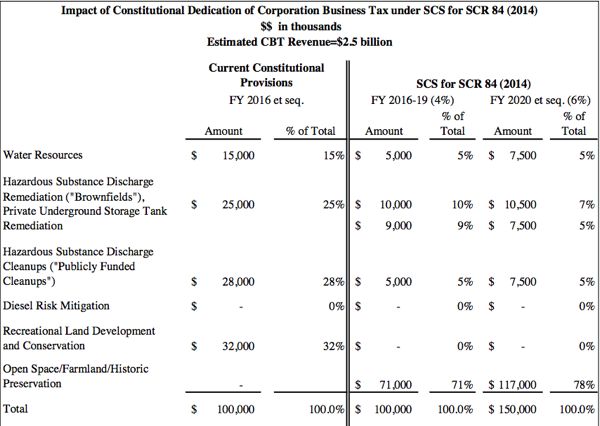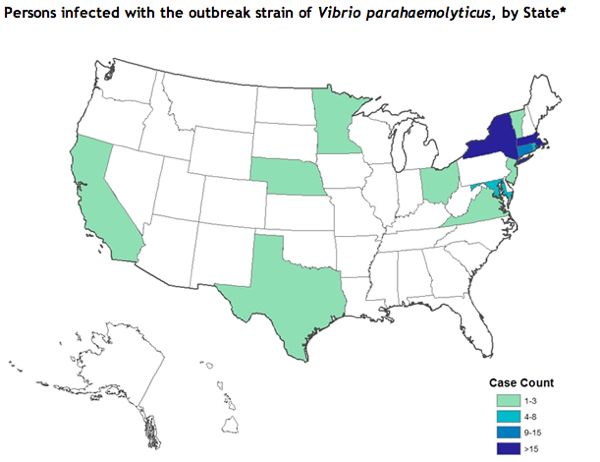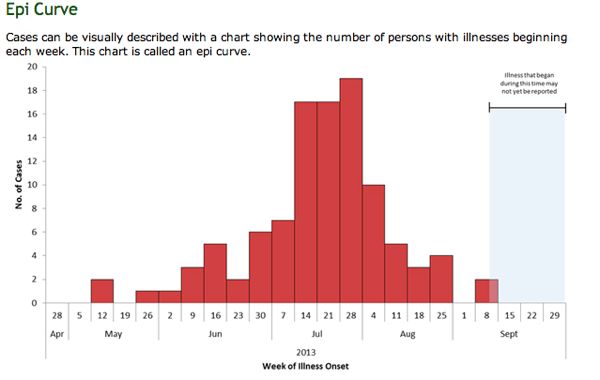Assembly Should Not Be Strong Armed – Reject Plan Now on the Table
The Sky Will Not Fall And There Are Better Alternatives
Austerity is not a policy we can live with
In an amazing case of brinksmanship, the NJ Assembly – in an emergency session called by Gov. Christie to address bail reform – will consider how to fund open space on Monday.
The Gov. and Legislators have known for a long time that the open space fund is broke, but Monday is the last day for getting a question on the November ballot to authorize a Constitutional amendment – in this case, to divert existing revenues that were previously dedicated by voters to specific environmental programs.
Although the Gov. promised to create a stable source of funding to renew the Garden State Preservation Trust (Green Acres, Farmland Preservation, Historic Preservation) during his 2009 campaign, he has reneged on that promise, at one point even twisting the arms of fellow Republican Legislators to defeat a prior Senate plan.
Because of the Governor’s intransigent ideological opposition to signing any legislation that would create new revenues or additional debt (“Read my lips, no new taxes” – or is it Grover Norquist’s No tax pledge?), the Legislature has been forced to bypass his veto blockade via passing Resolutions to present the issue directly to voters.
Even at this critical moment, as he appeases right wing zealots who form the base of the Republican Party in search of the Presidential nomination, the Gov. remains mute on the open space funding question.
And it is no accident that funding of DEP regulatory programs would be sacrificed to transfer resources and influence to a private property subsidy program – a twofer for the right wing worldview.
So, this is not some minor debate about open space – it is really an ideological showdown – a debate about fundamentally different views of policy, finance, and government.
Are environmentalists going to collaborate in the destruction of the regulatory and political accountability model that has been protecting public health and the environment for decades? Will they be co-opted by a divisive Rob Peter to Pay Paul strategy that pits land conservation against environmental quality? Will they abandon aggressive political accountability and give Gov. Christie a pass for betraying his commitments to them?
Will they passively acquiesce to the “austerity” worldview and simply accept claims that the public is NOT willing to pay for environmental and public health protection? Abandon that fight completely? What are the implications of that?
(If environmentalists won’t fight for new funds on easy lifts like open space, how are we ever going to get a price on carbon? Or pay for heavy lifts like funding to pay for multi-billion infrastructure deficits? Or clean water?)
Yet somehow, despite these facts and implications, the “Keep it Green” coalition (KIG) and the media have blamed the Legislature, more specifically, Assembly Democrats, for the problem, while giving the Gov. a pass.
The proposal under consideration would divert over $100 million per year in existing revenues currently dedicated to water resources programs and projects, polluted site cleanups, underground tank removal and cleanup, air pollution equipment for diesel engines, and improvements to parks.
(and they have the Orwellian gall to call it “pay as you go” – when it’s really “take as you go”.)
That’s right – for the first time, so called environmentalists are actively supporting the diversion of environmental funds – a practice that they have vehemently fought for over 20 years and something that was opposed overwhelmingly by NJ voters by a Constitutional amendment back in 1997 explicitly designed in response to diversions.
There are far better alternatives, including, in order of preference:
1) asking voters to actually pay for the popular open space program with a new source of funds, an option that has been blocked from consideration by Gov. Christie – for his own political benefit – and rejected by Legislators as politically infeasible.
2) asking voters to fund the program by authorizing new bond debt, the traditional way of financing large capital projects, which is something they have approved many times by large majorities for 4 decades.
3) as a last resort, if diversion of existing revenues is the only option, then diverting funds from other program areas, such as corporate subsidies or environmentally damaging economic development schemes.
The LAST place that conservationists should support sterling money from to pay for open space is environmental programs – Robbing Peter to pay Paul never makes sense, and it is an extremely divisive and selfish approach.
4) abandon the current approach, let the Fund go broke, rely on federal Sandy funds as a stopgap, hold Governor Christie accountable, and focus on building political support for a better option next year.
Governor Christie has diverted well over $1 billion of environmental funds to pay for over $2 billion of his corporate tax cuts and subsidies.
That theft includes $1 billion from the Clean Energy Fund, which was designed to finance energy efficiency and renewable energy; $40 million in Passaic River dioxin cleanup funds; and many millions more from the State Recycling Fund, Landfill Closure Funds; toxic site cleanup funds, pollution prevention Fund, Right To Know Fund, and others, e.g. see:
But that’s not all – the State level diversions do not include millions more in raids by local governments on environmental infrastructure monies managed by local authorities – like water and sewer systems. This alone is outrageous in light of multi-billion dollar infrastructure deficits.
At the same time, Gov. Christie has blocked any new revenue sources.
And his fiscal and budget attacks are part of an even larger withering assault on environmental regulations and on DEP as an institution.
When does it stop?
Where has the Keep It Green Coalition been while all this has been happening for the last 5 years?
Why would they join the raid on environmental funds?
If they were going to raid existing funds, why not raid environmentally damaging EDA funds or corporate subsidies?
Christie is by far the worst offender in stealing environmental money and the only one to block all attempts to raise new revenues.
But he is not the only Governor to divert taxpayer funds that were supposed to be spent on environmental projects.
By the mid 1990’s, Governors Florio and Whitman had stolen over $500 million of environmental funds.
Whitman exacerbated the impacts of those diversion by slashing DEP budgets by 25% or more and cutting DEP staffers work week by 20%, from 40 to just 32 hours.
At the same time, like Christie, Whitman embarked on an assault on environmental regulations and DEP as an institution, under her pro-business “Open For Business” and “STARR” (Strategy for Regulatory Reform) initiatives.
The Christie version of this is his “Common Sense” regulation Executive Orders, designed to slash “job killing Red Tape” and provide “regulatory relief” to business and industry.
But that across the board Whitman attack prompted environmental leaders to fight back.
Environmental groups realized that adequate funding, strict regulations, and a healthy DEP institution were vital to protection of public health and the environment and they were willing to join forces, form a unified agenda, and fight to defend them all.
There were no attempts to divide and conquer or pit the traditional environmental quality regulatory model against a private voluntary land acquisition model.
It is not easy to win a major policy battle against a NJ Governor, given the strong powers the Governor possesses under NJ’s Constitution.
Environmental leaders recognized the nature of the Whitman attack and fought back effectively against a powerful and popular Governor.
The environmental community was unified and organized: traditional conservation groups like Audubon and NJ Conservation Foundation and local watershed groups, along with the public health, pollution, and environmental quality focused Trenton based groups, like NJ Environmental Federation, NJPIRG, and Sierra Club.
They collectively pursued a rarely used creative legislative strategy – requiring only simple majorities in both houses – to bypass Whitman and put the environmental funding question directly to voters as a ballot question.
The Ballot question asked voters to amend the NJ Constitution to dedicate 4% of the Corporate Business Tax (CBT) revenues to specific DEP environmental regulatory programs.
From a fiscal perspective, at the time, the economy was booming and state budget revenues were increasing, so the $100 CBT dedication was no raid on funds for other programs, nonetheless DEP programs. The assumption was the CBT money would supplement existing General Fund revenues allocated to DEP, not reduce them.
I am proud to say that I was one of the leaders that crafted that strategy, helped forge that unified coalition, and fleshed out the substantive policy content supporting the Legislative Resolution and Ballot question.
And I am equally angry and disgusted by the betrayal and failure of leadership of our current environmental groups, who now actively betray that legacy in pursuit of selfish narrow agenda that robs the regulatory Peter to pay the open space Paul.
- The Question on the table
Now, instead of fighting back against a powerful Republican Governor, the environmental community capitulates.
They have not even tried to over-come or criticize the Gov.’s absolute veto on new revenues or “austerity” policy.
Instead of defending DEP as an institution, protecting regulatory programs and assuring funding for DEP programs, they willingly join the raid on them.
Instead of fighting for new revenues, they are actively supporting the same raids on environmental funds – and the attack on regulations and DEP as an institution that those funds support – that they so strongly opposed during the Whitman era.
Adding insult to injury, they are doing all this damage by using taxpayer dollars to buy land that – in almost all cases – could be protected by local zoning, regional planning, and State environmental regulations.
So, it really kills me, having done all this good work during the Whitman era, to see it all unraveled, and with the support of mostly self serving environmentally groups who will benefit financially from the program they are advocating (should we be cutting DEP programs to fund “stewardship”? Should those “stewardship” funds go to private groups?)
The policy reversal and cowardice are sickening.
I’ve written about why the Keep It Green Green Acres funding proposal is a huge upward transfer of wealth and unfair and why Legislators should Fix it before they fund it.
Things might be different, had I seen just a shred of evidence, like:
- one press release by Keep It Green Coalition criticizing Governor Christie for all this instead of Assembly Democrats,
- a legitimate effort to work to build public support for better options, or
- a pledge not to receive or benefit any of the funds, abandoning the “Stewardship” funding, and supporting program reforms
I really hope the Assembly kills this KIG betrayal on Monday by not approving SCR 84.


